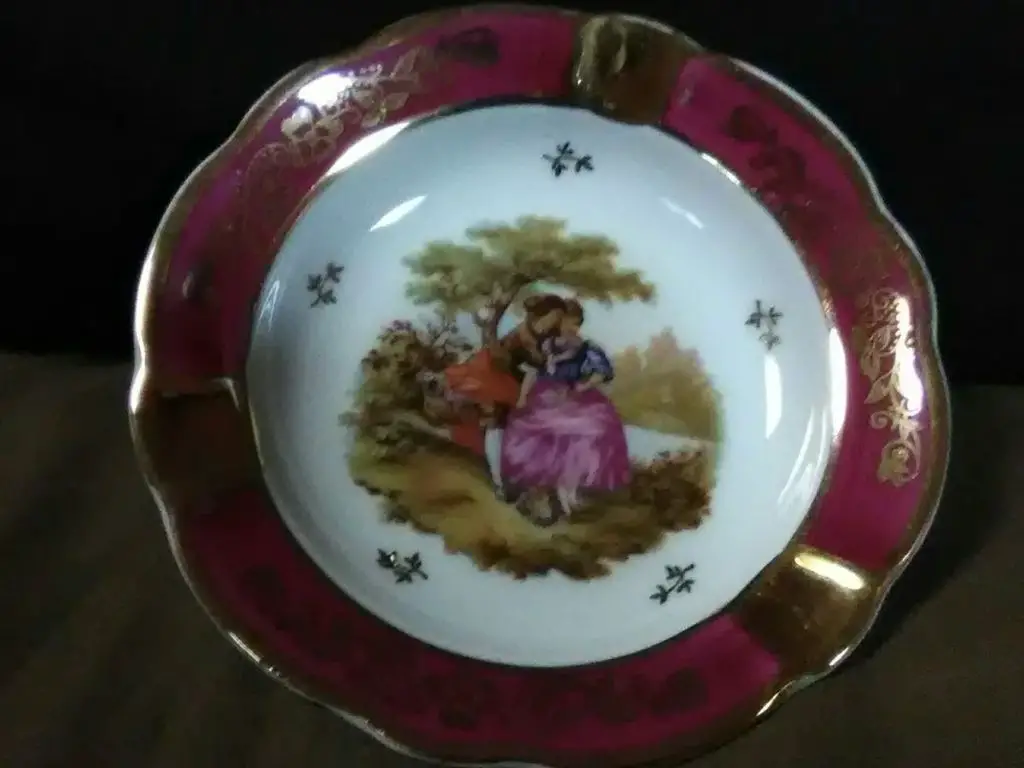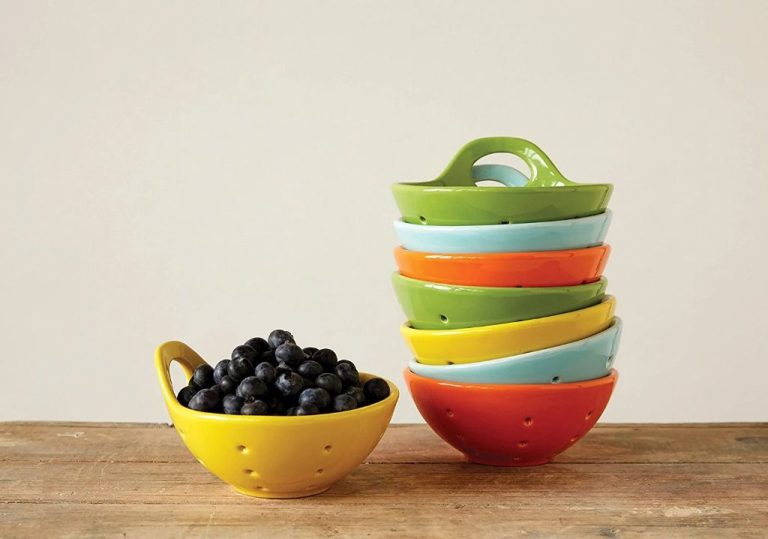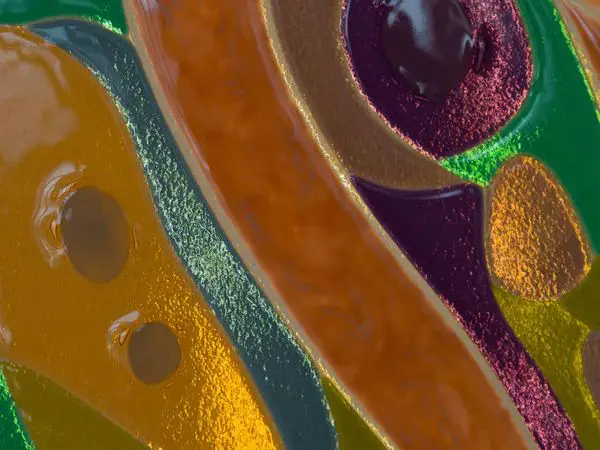Which Place Is Famous For Ceramics?
Ceramics is one of the oldest and most widespread art forms in human history, dating back thousands of years across the globe. Ceramic objects like pottery vessels, tiles, and figurines were among the earliest manufactured goods, and ceramic material continues to be shaped into both functional and decorative items today. Ceramics refers to objects made from clay that undergoes a firing process during production. This often involves heating the clay to high temperatures which permanently transforms its mineral properties, turning it into a hard substance. The unique properties of clay allow it to be molded into almost any shape while wet, retaining that form when dry and hardened through firing. Over the millennia, artisans devised specialized glazes and decorative techniques to produce stunning ceramics for religious, domestic, and artistic applications.
Jingdezhen, China
Jingdezhen, located in Jiangxi province in southeastern China, is widely regarded as the porcelain capital of China and one of the most important ceramic production centers in the world. The city has a history of porcelain production dating back over 1,700 years to the Eastern Han dynasty (25-220 CE). Jingdezhen became known for its high quality porcelain prized by Chinese emperors as well as exported to Europe and the Middle East along the Silk Road trade routes. It reached the peak of production and influence during the Ming (1368-1644 CE) and Qing (1644-1911 CE) dynasties.
According to the “Jingdezhen Ceramics History” 1, Jingdezhen is most famous for its blue and white porcelain, which began production around the 14th century. The blue coloring comes from cobalt which gives the porcelain a distinctive vibrant blue tone. Blue and white porcelain from Jingdezhen was highly coveted and copied by potters globally. Other notable wares include the egg-shell thin porcelain from the Ming dynasty and the famille rose and famille verte styles popular during the Qing dynasty.
Delft, Netherlands
Delft, Netherlands is known around the world for its iconic Delft Blue pottery featuring hand-painted blue and white designs on tin-glazed earthenware. The origins of Delft pottery date back to the 16th century when Italian craftsmen brought majolica techniques to The Netherlands. Majolica refers to Renaissance era tin-glazed pottery often with colorful painted decoration. The Delft potters adapted these techniques to create their distinctive blue on white style which became popular for everyday use.
By the 17th century, Delft had become an important center for pottery production in Europe with about 30 factories in the town. The Dutch East India Company helped expand exports of Delft pottery around the world. Common motifs included landscapes, Chinese and Japanese inspired designs, Biblical scenes, and depictions of Dutch daily life. Delftware remained popular into the 18th century before facing competition from English creamware and porcelain. Today, hand-painted Delft pottery is still produced in The Netherlands and remains a symbol of Dutch craftsmanship and history.
Stoke-on-Trent, England
Stoke-on-Trent in central England is internationally known for its pottery manufacturing and is commonly referred to as “The Potteries.” For over 400 years, Stoke-on-Trent has been a center of ceramic production, especially known for developing fine bone china and transfer printed earthenware and stoneware 1. The area experienced massive growth in the pottery industry during the Industrial Revolution in the 18th and 19th centuries.
Many of the world’s most famous pottery brands originated in Stoke-on-Trent, including Royal Doulton, Wedgwood, Spode, and Minton. At its peak, there were over 100 pottery manufacturers operating in Stoke, though only a handful remain today. The city’s bottle kilns, used to fire pottery, are an iconic part of Stoke’s heritage. While manufacturing has declined, Stoke’s ceramics heritage is still a source of great civic pride and identity.
Tourists flock to Stoke’s many pottery factories and museums to learn about the history and tradition of pottery making. The Gladstone Pottery Museum features preserved workshops, original pottery samples, and offers visitors a chance to make their own commemorative piece 2. Stoke aims to continue innovating while celebrating its iconic ceramic history and culture.
Limoges, France
Limoges, France is known for its high-quality porcelain tableware and decorative pieces. The Limoges porcelain industry started around 1768 when the wife of chemist Darte discovered kaolin deposits near the town of St Yrieix-la-Perche. She told her husband about it, and he began experimenting with making porcelain using the kaolin clay (The History of Limoges Porcelain). In 1771, the Royal Factory of Limoges was established with the permission of King Louis XV. For much of the 1800s, Limoges porcelain production focused on undecorated white porcelain or pieces with minimal decoration.

In the late 1800s, Limoges stepped up production of art porcelain with lavish hand-painting and gilding, often featuring nature themes. The city became known for its high quality porcelain during this time. Many prominent French porcelain painters worked in Limoges factories. Today, authentic Limoges porcelain will be marked with the Limoges city name and show great artistry and craftsmanship (Limoges Porcelain – history and background). Fine porcelain from Limoges is still highly coveted worldwide.
Derby, England
Derby is well known for its fine porcelain production, especially the decorative figurines and vases made by Royal Crown Derby since the 1750s. The Royal Crown Derby Porcelain company is one of the oldest English porcelain manufacturers, known for its high quality bone china1.
Royal Crown Derby became known for its delicate rendering of figures and innovative glazes. Popular decorative themes included floral designs, Asian motifs, and scenes from literature and history rendered in brilliant enamel colors2. The company has produced some of the most intricate and artistic porcelain pieces since its founding by William Duesbury in the mid-18th century.
Tangshan, China
Tangshan is located in northeastern China and has been a major center for folk pottery and porcelain for over 1,000 years. The area is rich in high-quality clay and coal, which are essential materials for making porcelain. Tangshan’s ceramics are renowned for their white porcelain bodies and delicate blue-and-white designs, inspired by ancient Chinese paintings.
Historically, Tangshan was known as “North Jingdezhen” due to its thriving porcelain production. Jingdezhen in southern China has been considered China’s porcelain capital since the Ming Dynasty, but Tangshan also earned fame for its ceramics. The area became an important supplier of porcelain across China and internationally by the 17th century. Its porcelain products were highly sought after by the imperial families and noble classes. The city’s porcelain kilns and workshops also attracted skilled artisans. [1]
Today, Tangshan continues to be a major hub for artistic and practical ceramics in China. The city has over 100 ceramic enterprises that produce tableware, artware, and building materials. Traditional handcrafting skills are still utilized alongside modern production methods. Some workshops in Tangshan focus on recreating classical porcelain designs, especially the famous blue-and-white pieces. The city also has several museums dedicated to displaying Tangshan’s historic porcelain wares.
Sources:
[1] https://www.chinesewords.org/en/Tangshan-ceramics
Kyoto, Japan
Kyoto has a long history of ceramic production and is known for two distinct styles – Kiyomizu and Raku pottery. The production of Kiyomizu ware dates back to the 17th century and involves applying decorative colored overglazes to white porcelain clay. According to the Metropolitan Museum[1], the style was influenced by Chinese ceramics and often features imagery of landscapes, flowers, and birds.
Raku pottery has its origins in 15th century Japan when the style was developed by Chōjirō, who created a form of handbuilt, low-fired pottery commonly used in Japanese tea ceremonies. As described by the Kyoto National Museum[2], Raku wares are removed from the kiln while still glowing hot and are placed in containers of materials like sawdust that produce special crackled, metallic and iridescent glaze effects.
Talavera, Mexico
Talavera pottery is a style of tin-glazed earthenware produced in Talavera de la Reina, Spain. It was brought to Mexico by Spanish colonists in the 16th century. Mexican Talavera Pottery History and FAQs. The pottery is known for its bright decorative patterns and intricate designs. Talavera pottery is handmade and hand-painted in vivid colors. Common motifs include flowers, fruits, animals, and geometric patterns.
Authentic Talavera pottery only comes from the city of Puebla and its surrounding communities. Their brilliant colors and exquisite designs stand out among the various types of ceramics produced in Mexico. Talavera pottery has a rich history and has become one of Mexico’s most distinctive handicrafts. Unveiling the Rich History of Talavera Pottery. Talavera pottery continues to evolve and adapt while preserving its essential characteristics and tradition.
Conclusion
This article has examined several of the most well-known and distinctive ceramic production centers around the world. From the delicate porcelain of Jingdezhen, China to the majolica pottery of Talavera, Mexico, each location has developed its own unique style and methods over centuries of ceramic craftsmanship.
The long heritage of Chinese porcelain started in Jingdezhen and continues today with innovative designs alongside traditional blue and white motifs. The Netherlands brought European trade and science to refine Delftware’s iconic blue and white tin-glazed pottery. The potteries of Stoke-on-Trent defined English ceramic mass production and creativity. France’s Limoges porcelain combined high quality materials with ornate hand-painting. English bone china from Derby pioneered new techniques with translucent white porcelain.
In addition, the distinctive folk pottery of Tangshan added diversity to China’s ceramic traditions. Japan’s raku and kyo-yaki wares from Kyoto exhibited eastern minimalism and artistry. Talavera’s vivid色 and intricate patterns blended diverse cultural influences in Mexico. From Asia to Europe to the Americas, these major ceramic centers each have stories worth sharing about human creativity, trade, and discovery through clay.



